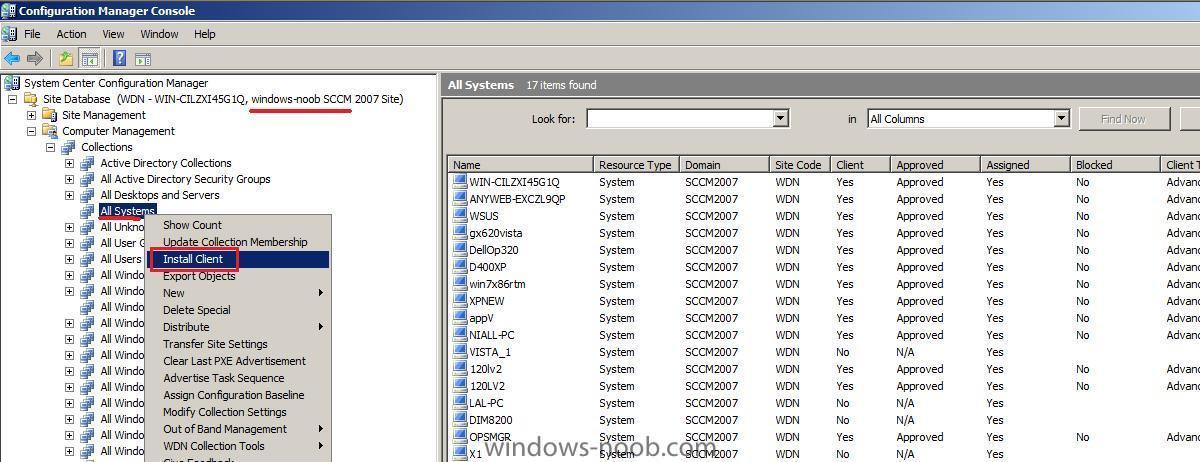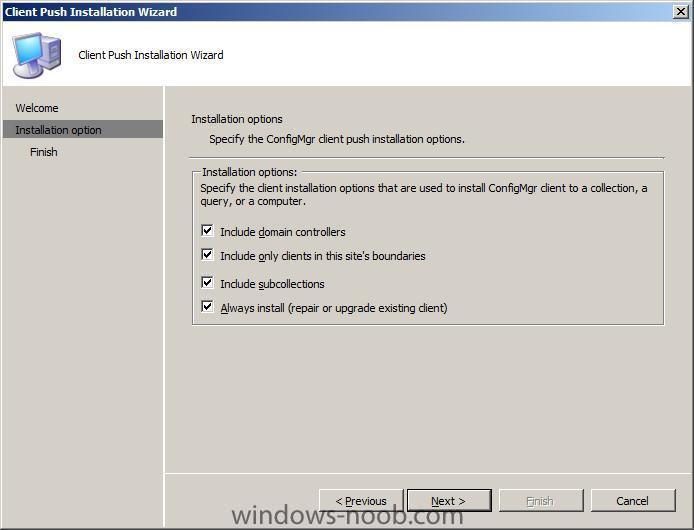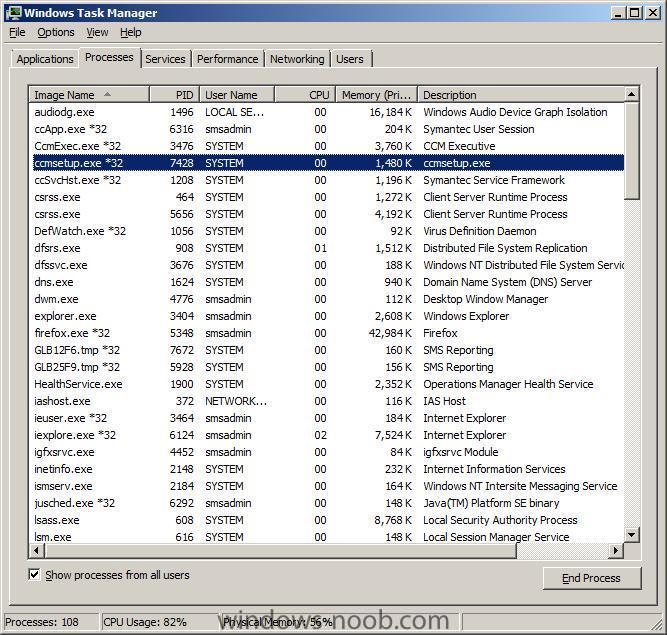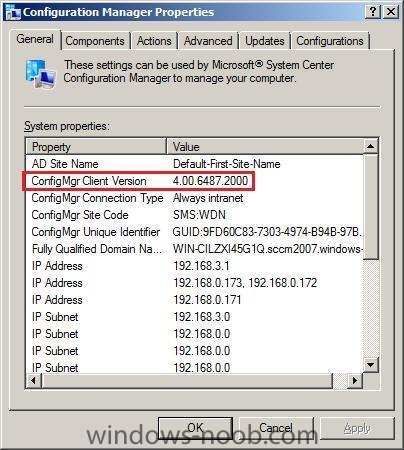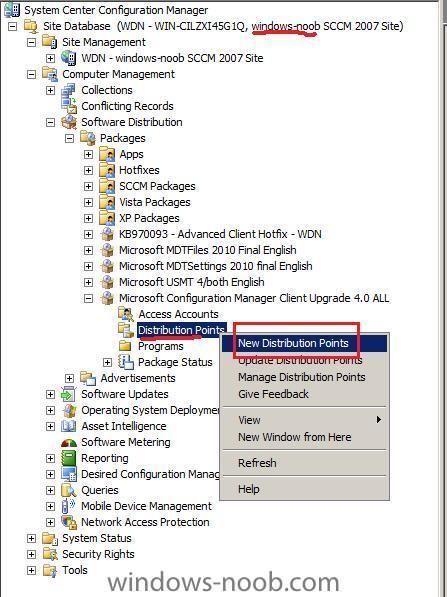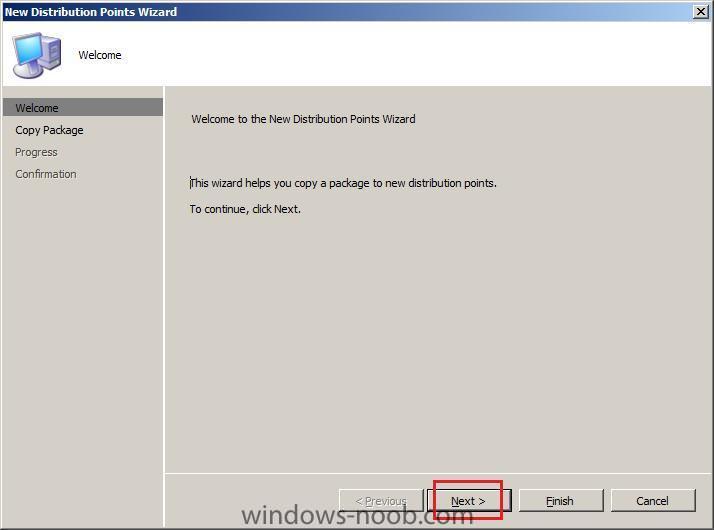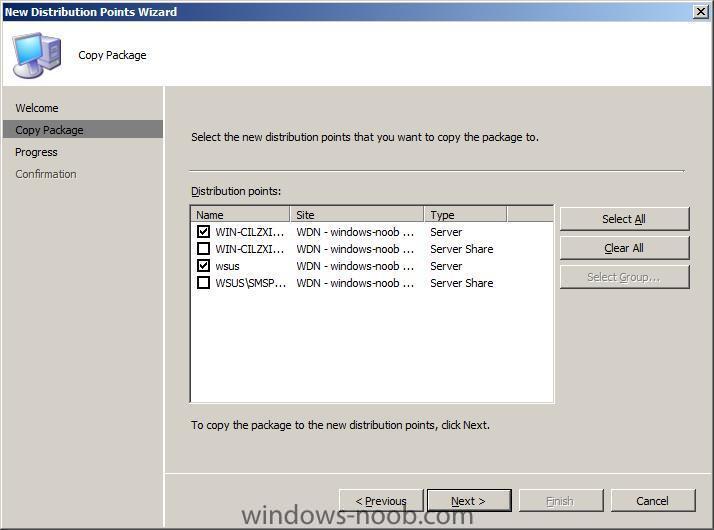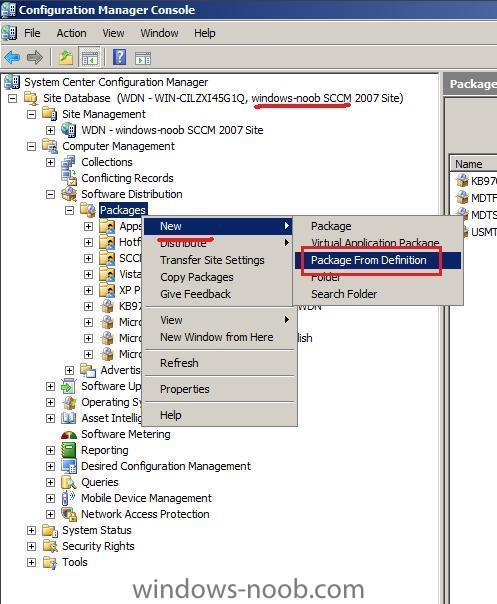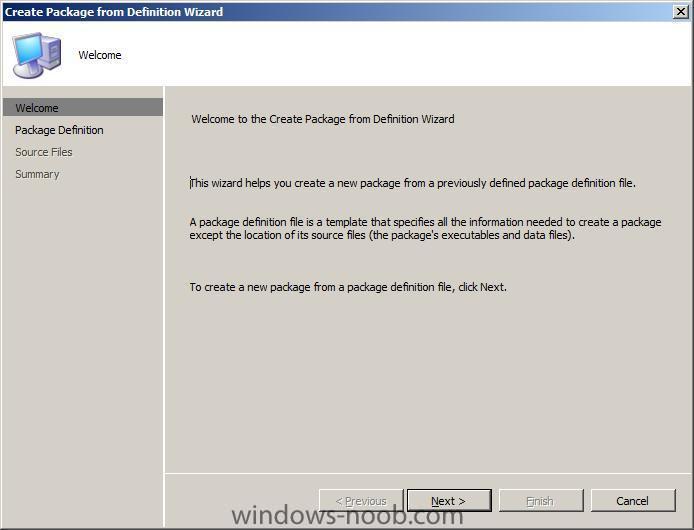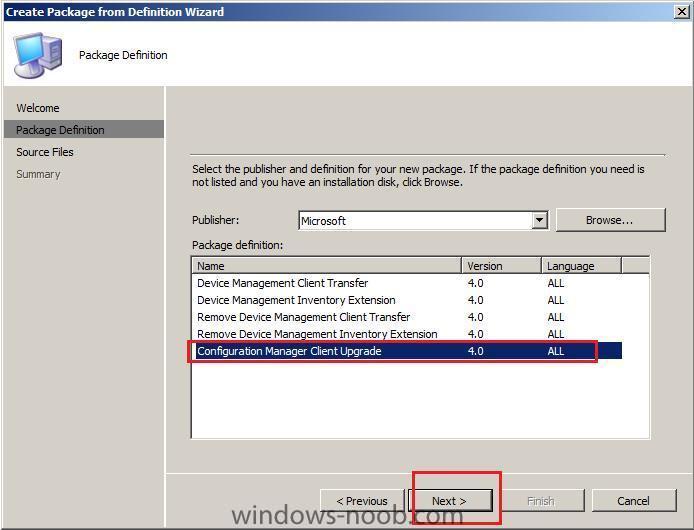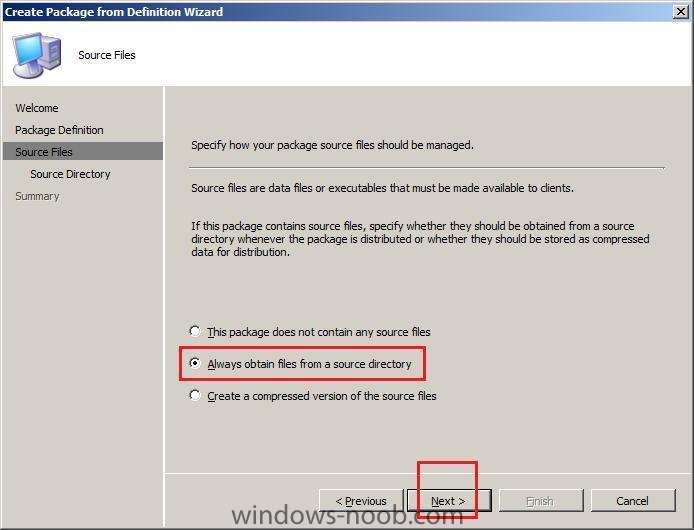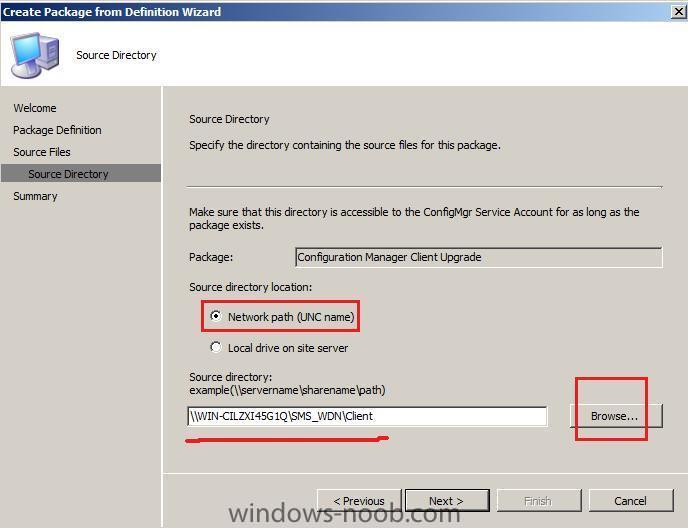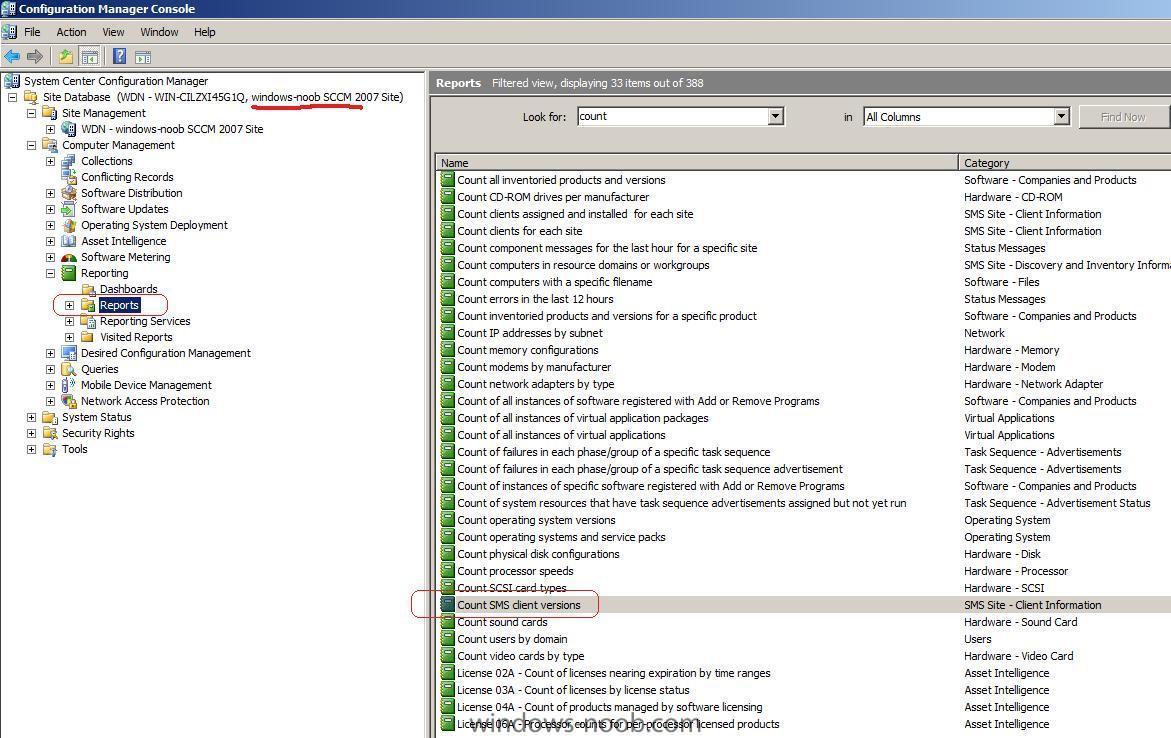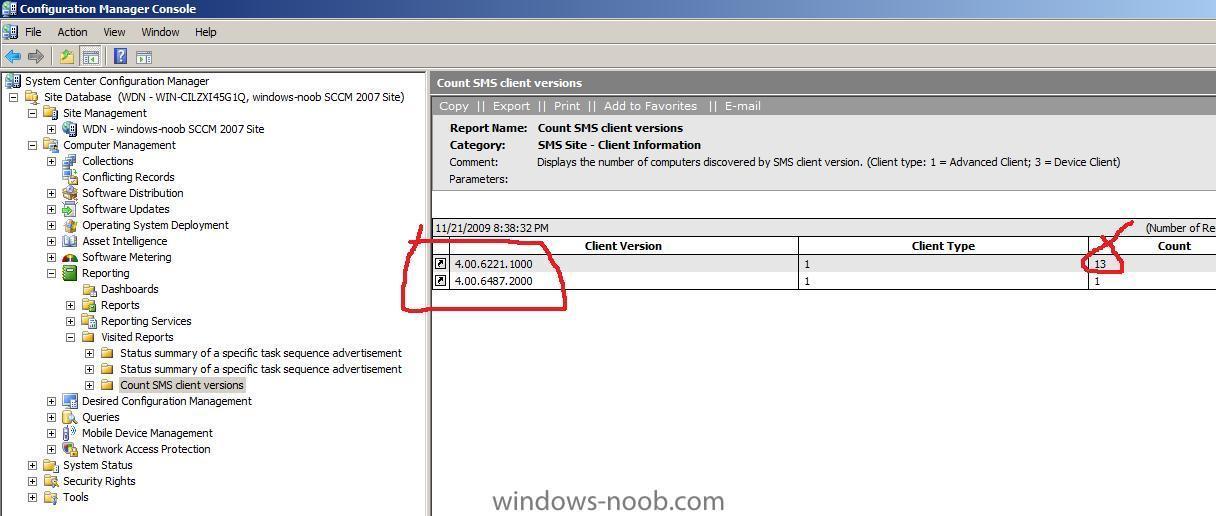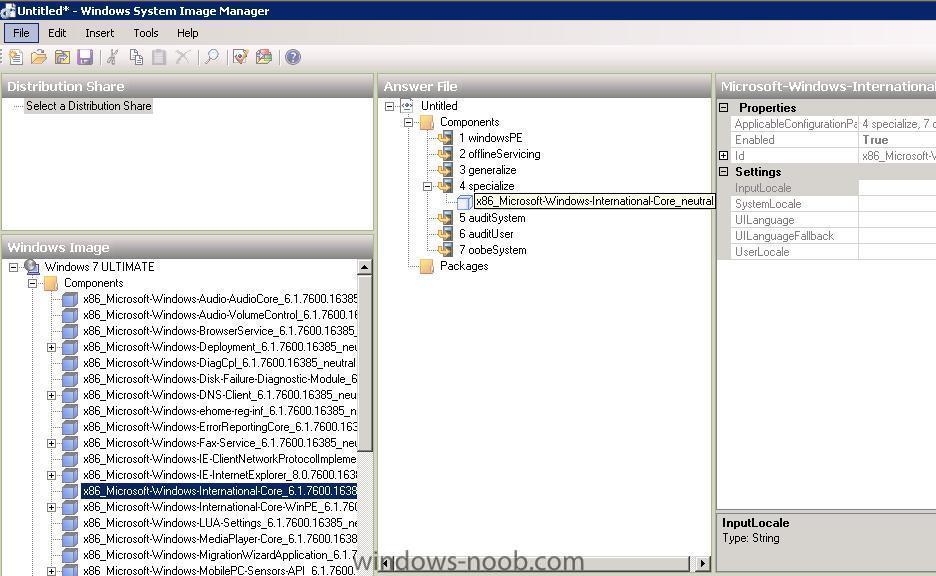-
Posts
9244 -
Joined
-
Last visited
-
Days Won
368
Everything posted by anyweb
-
if you want a computer to get an advertisement then that computer must be in a collection that the advertisement is advertised to if it isnt in that collection then you need to find out how that collection is gettings computers inside it, it can be in a variety of ways including direct membership or a query to place computers into the collection based on active directory security group membership in it's easiest form you could just create a direct membership for a computer to add it to a collection, or simply install right click tools and add the computer that way
-
do you mean that you want to change the site code on a client, or something else ?
-
what does this log tell us C:\Program Files (x86)\Microsoft Configuration Manager\logs\mpMSI.log
-
how big are the files ?
-
here's a deep dive from Jannes aLink about what to expect in R3 http://www.jannesalink.com/blog1.php/2009/11/26/let-s-dive-deeper-in-configmgr-r3 cheers niall
-

Windows PE not loading into Task Sequence Page
anyweb replied to p9lad's topic in Configuration Manager 2007
looks like its seeing your windows deployment services server and not the pxe boot from sccm. check your psp role settings on the sccm server... -

Windows PE not loading into Task Sequence Page
anyweb replied to p9lad's topic in Configuration Manager 2007
can you take a photo/screenshot of what you are seeing -
so before it restarts stop it with F8 and copy the log to a network share
-

remove notifications of buisness apps
anyweb replied to sccm_freak's question in Software Update Point
you'll have to configure the application to not look for updates prior to making a package out of it and distributing that package. -
is webdav configured like so ? http://www.windows-noob.com/forums/index.php?/topic/490-how-can-i-configure-sccm-2007-sp1-in-windows-server-2008/
-
you have to create the MST file yourself using ORK.EXE (the office 2003 resource kit) some info about how to do that here > http://www.supinfo-projects.com/en/2005/mst_o2k3_uk/1/
-

Upgrading ConfigMgr client after Service Pack upgrade
anyweb replied to anyweb's topic in Configuration Manager 2007
Push the client to Targetted Collections In this example we will push an installation of the client to the All Systems collection, this is in a Lab so this is ok. In a production environment you will want to test this on small groups first and work your way up. Right click on the All Systems collection and choose Install Client set your options making sure that Always Install is selected click Finish when done to verify the installation of the new client is happening, on the clients open task manager and look for ccmsetup.exe after some time you can verify the client version on the client As the client starts getting installed, the report we used in the beginning will show the new numbers increasing -

Upgrading ConfigMgr client after Service Pack upgrade
anyweb replied to anyweb's topic in Configuration Manager 2007
Distribute the Client Package to your Distribution Points If you want to install the latest version of your Client in Operating System Deployments then you'll need the client package from definition updated to your Distribution Points. Expand the client package you just created, click on Distribution Points. Choose New Distribution Points. when the wizard appears click next select your distribution points for the client click next and then close when done. -

Upgrading ConfigMgr client after Service Pack upgrade
anyweb replied to anyweb's topic in Configuration Manager 2007
Create a New Client from Definition Package One of the steps when deploying Operating Systems involves installation of the Configuration Manager Client (Setup Windows and ConfigMgr Step), as a result we want our Client Package files updated to the new version, so If you have not already done so you need to create a client from Definition package. (If you already have a Client Package from definition, simply update that to it's distribution points and you'll be fine.) Expand Software Distribution and right click on it, choose New, Package From Definition click Next when the create package from definition wizard appears choose configuration manager client upgrade and next choose always obtain files from a source directory and click next choose Network Path (UNC Name) and specify the directory containing the source files for this package as \\SERVERNAME\SMS_XXX\Client where SERVERNAME is your SCCM server, SMS_xxx is SMS_ and your site code (eg: SMS_WDN) click Finish at the summary screen -
This is one way of updating your SCCM ConfigMgr Client after an upgrade. There are more ways of doing this. This guide is done in a Lab Environment. Please refer to Technet for recommended practise. After you have updated ConfigMgr from Sp1 to Sp2 you will have all your configmgr clients still running the old version of ConfigMgr (Sp1). Identify Client Versions To find out how many are using the old client you can use a built in report called Count SMS Client Versions, right click on the report and choose Run. the report will show you how many clients you have running the old (sp1) client, and if any, how many are running the newer sp2 client. so in this Lab I have 13 clients that need to be updated to the newer client version.
-

How i can configure 2610-48 ProCurve Switch on Server 2008.
anyweb replied to Malik4u's question in how do I ?
have you tried reading the manual for the switch, sorry but it's not my area at all -

Updating SCCM 2007 SP2 RC (or beta) to SP2 Final
anyweb replied to anyweb's topic in Configuration Manager 2007
I've updated the post to include the download details here -

remove notifications of buisness apps
anyweb replied to sccm_freak's question in Software Update Point
then make the package Mandatory, and in the program options General tab set it to run hidden and on the Advanced tab click on Suppress program notifications -
hi all, I know how hard it is to get grips with SCCM, MDT, WDS, PXE, WAIK so windows-noob.com will start doing some webcasts, so, do any of you have any requests ? let me know cheers niall
-
please attach the SMSTS.log file
-
either you dhcp server is not working or you need network drivers added to windows PE, i'd try testing the first option (easiest)
-
-
are you trying to deploy windows 7 ? did you look at the troubleshooting section here ?
-

WDS Error and DHCP Problem
anyweb replied to Malik4u's question in Windows Deployment Services (WDS)
did you configure a DHCP server ? -
please raise a new post about this, and one problem at a time, that way when its resolved others can find the info easier. I'm closing this thread as people are just replying to it instead of starting new posts explaining what they are trying to do and what the errors are. cheers niall



